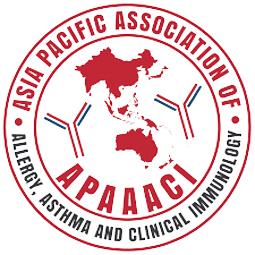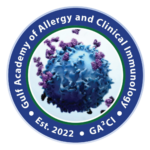Characterization of pathomechanisms in acute and chronic urticaria – a global UCARE initative
Objective of the project:
Examination of clinical features (via questionnaires) and blood samples of patients with acute urticaria, cured acute urticaria, acute urticaria with transition to csU and cured csU for markers of type I autoimmunity (autoallergy) and type II2b autoimmunität, e.g. basophils, eosinophils, C-reactive protein, auto-IgE antibodies and auto-IgG antibodies against the IgE receptor and FcεRI, total IgE, soluable FcεR, BAT, BHRA etc.
In this project, patients with acute urticaria (baseline) will be assessed for clinical and laboratory features of their urticaria and re-assessed after at least 6 weeks (Follow-up).
Background of the project:
Acute spontaneous urticaria, also called acute urticaria (AU), is a common mast cell-driven skin disease and defined by the recurrence of wheals and/or angioedema over a period of less than 6 weeks without a trigger factor. Approximately 10-20% of the general population develops AU at least once in a lifetime. If the urticarial symptoms persist for longer than 6 weeks, the urticaria becomes chronic and is then defined as chronic spontaneous urticaria (CSU). Taken the present findings together, AU and CSU both are mast cell – driven skin conditions that differ by their duration of symptoms.
The details of the pathogenesis of mast cell activation, however, in AU and CSU remain elusive so far. Clinical findings showed that AU often is associated with viral or bacterial infections, drug intake or food intolerance. In CSU, autoimmunity nowadays is postulated to be one of the most frequent causes of mast cell activation beside other trigger factors. In more detail, patients either express auto-IgE antibodies against self antigens (autoimmunity type I) or IgG-antibodies against the IgE-receptor FcεRI and/or IgE itself (autoimmunity type IIb).
Recently, IL-24 was identified as a common and specific autoantigen of IgE in patients with CSU. The presence of IgG-antibodies against FcεRI and/or IgE can be confirmed by i.e. Basophil Histamine Release Assay (BHRA). However, BHRA + patients with CSU (ca. 20% of all CSU patients) show a more severe disease and longer disease duration, but also a weaker response to the monoclonal IgE antibodiy Omalizumab, which is usually a very successful third line therapy in CSU.
Status of the project:
Formation of international Steering Committee
Duration of the project:
3 years
Publication strategy:
30 patients included (Baseline and corresponding follow-up) = one authorship
Additional 30 patients included (Baseline and corresponding follow-up) = second authorship
Additional 50 patients included (Baseline and corresponding follow-up) = third authorship
How to take part: Please email Hanna Bonnekoh (hanna.bonnekohATcharite.de) or Thomas Buttgereit (thomas.buttgereitATcharite.de)
















